Can Oil Cleansing Clog Your Pores?
Many people, particularly those with an eye on skincare, are concerned about clogged pores and how they affect the appearance of their skin. Interestingly, while oil cleansing is a popular method to address skin issues, it can sometimes lead to unexpected consequences if not done correctly. In this article, we’ll explore the relationship between oil cleansing and pore health, and provide tips on how to avoid the pitfalls of clogged pores.
The Difference Between Cleansing and Washing
When it comes to skincare, “cleansing” and “washing” are often used interchangeably—but they’re not quite the same thing. Understanding the difference can help you make better choices for your skin, especially if you’re trying to figure out whether oil cleansing might be clogging your pores.
Cleansing
Cleansing refers to the removal of makeup, sunscreen, excess oil, and impurities from the skin—essentially the first step in a skincare routine. Oil cleansing falls into this category. It works on the principle that “like dissolves like”—meaning oil can effectively dissolve and lift away oil-based debris like sebum and makeup without stripping the skin.
Cleansing is more targeted and intentional, often using balms, oils, or micellar waters to break down buildup. It’s especially helpful for those who wear SPF or makeup daily. Done right, it preps the skin for deeper cleansing without disrupting the skin barrier.
Washing
Washing, on the other hand, is the water-based step that follows cleansing. It usually involves a gel, foam, or cream cleanser and is meant to remove sweat, dirt, and any leftover residue from the first step. Think of it as the rinse cycle after the initial cleanup. This step focuses on removing water-based impurities and giving the skin that freshly washed feel.
While cleansing tackles oil-soluble grime, washing takes care of the rest—together, they form the complete cleaning routine known as double cleansing.
Understanding Pore Congestion
Pores are tiny but mighty—they play a key role in keeping your skin healthy by releasing oil (sebum) and sweat. But when they become clogged, that natural function gets disrupted, leading to breakouts, blackheads, and dullness. Let’s break down a few of the most common reasons why pores get congested:
Excess Sebum Production
Sebum helps keep your skin soft and protected, but too much of it can be a problem. Triggers like hormonal changes, stress, or a high-sugar diet can push your oil glands into overdrive. The result? A greasy film that traps debris in your pores—especially if not cleansed properly—leading to blackheads, whiteheads, or inflammatory acne.
Accumulation of Waste
Your skin is exposed to more than you think—pollution, leftover makeup, sunscreen, and even airborne particles can stick to the surface and settle into pores. When not properly removed (especially at night), this buildup mixes with oil and hardens inside the pore, forming comedones (those little bumps or black dots you can see up close).
Blocked Dead Skin Cells
Normally, your skin sheds dead cells on its own. But when that natural turnover process slows down—due to aging, dehydration, or lack of exfoliation—those dead cells get stuck, layering over pores and trapping oil and dirt underneath. This can make pores appear larger, more noticeable, and prone to chronic congestion.
Can Cleansing Cause Pore Blockages?
Oil cleansing has earned a loyal following for a good reason—it’s incredibly effective at breaking down makeup, sunscreen, and excess sebum. But like any skincare step, it’s only beneficial when done properly. When misused, even the best cleansing oils can end up doing more harm than good.
When Oil Cleansing Works Well
Cleansing oils are designed to dissolve the buildup on your skin—especially oil-based impurities that water alone can’t tackle. When used correctly, they help decongest pores, remove stubborn makeup, and leave the skin soft and hydrated.
But here’s the catch: technique matters.
How Things Can Go Wrong
Overusing cleansing oils or scrubbing too aggressively can disrupt your skin’s natural oil balance. When your skin feels stripped, it goes into recovery mode—producing more sebum to compensate, which can lead to clogged pores and breakouts.
Another common mistake? Skipping the second cleanse. While oil cleansing melts away impurities, it doesn’t rinse off completely with water. If you don’t follow up with a gentle water-based cleanser, residual oil and debris can linger, setting the stage for congestion.
How to Correctly Use Cleansing to Improve Pore Congestion and Blackheads
Cleansing is a key step in managing pore congestion and blackheads—but only if done right. The wrong approach can easily backfire, leaving your skin more irritated or clogged than before. Here’s how to get it right:
1. Choose the Right Cleansing Product
Your skin type should guide your choice.
- Oily or acne-prone skin? A lightweight oil cleanser or micellar-based formula can dissolve excess sebum without feeling heavy.
- Dry or sensitive skin? Stick to gentle, nourishing options that won’t strip your skin.
The goal is to lift away impurities without disrupting your skin’s natural balance—a cleanser that leaves your skin tight or greasy probably isn’t the right one.
2. Avoid Scrubbing Too Hard
It’s tempting to “scrub the blackheads away,” but that usually causes more harm than good. Over-scrubbing can damage your skin barrier, leading to more oil production and irritation.
Instead, use soft, circular motions with your fingertips. Let the cleanser sit for a few seconds if needed—your product should do the heavy lifting, not your hands.
3. Follow Up with a Proper Face Wash
If you’re using an oil-based cleanser, always double cleanse. That second wash with a gentle, water-based face wash is what clears away leftover oil, makeup, and debris.
Skipping this step can leave a film on your skin that invites pore congestion and blackheads over time. Think of it as sealing the deal on your clean slate.
4. Understand Your Skin’s Needs
Your skin will change—seasonally, hormonally, or due to lifestyle. Pay attention and adjust.
- If your skin feels tight, you might be over-cleansing.
- If you’re still oily after cleansing, your products might be too harsh, causing rebound oiliness.
Staying in tune with your skin helps you avoid unnecessary irritation and keeps pores clearer in the long run.
By choosing the right oil cleansing products and following a gentle routine, you can effectively address congestion and prevent clogged pores. Just remember to avoid overuse, always finish with a thorough wash, and listen to your skin’s needs.
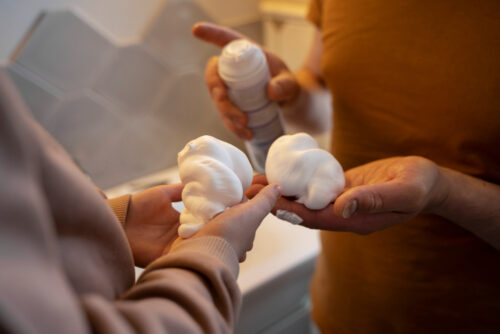
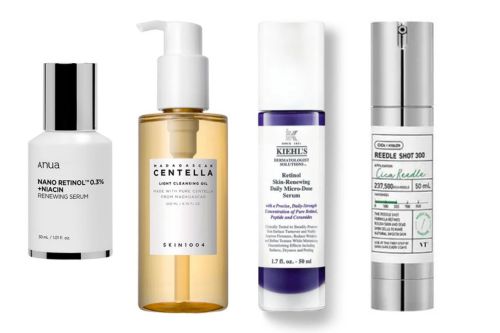


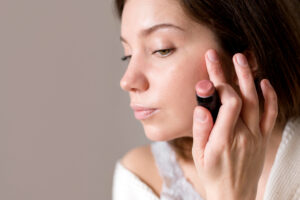

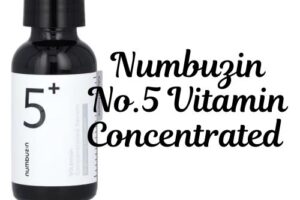
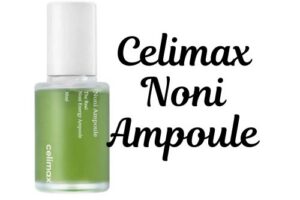
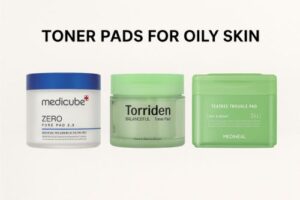
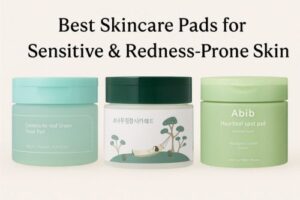
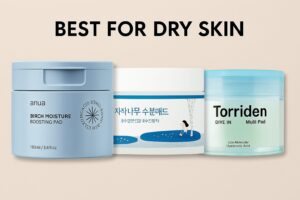

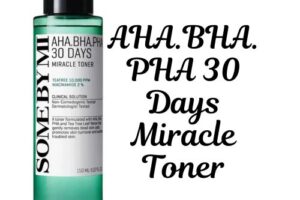
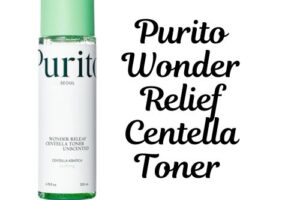
Post Comment